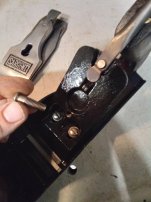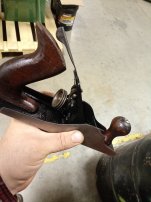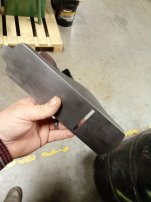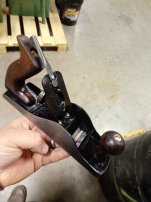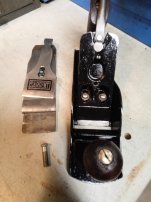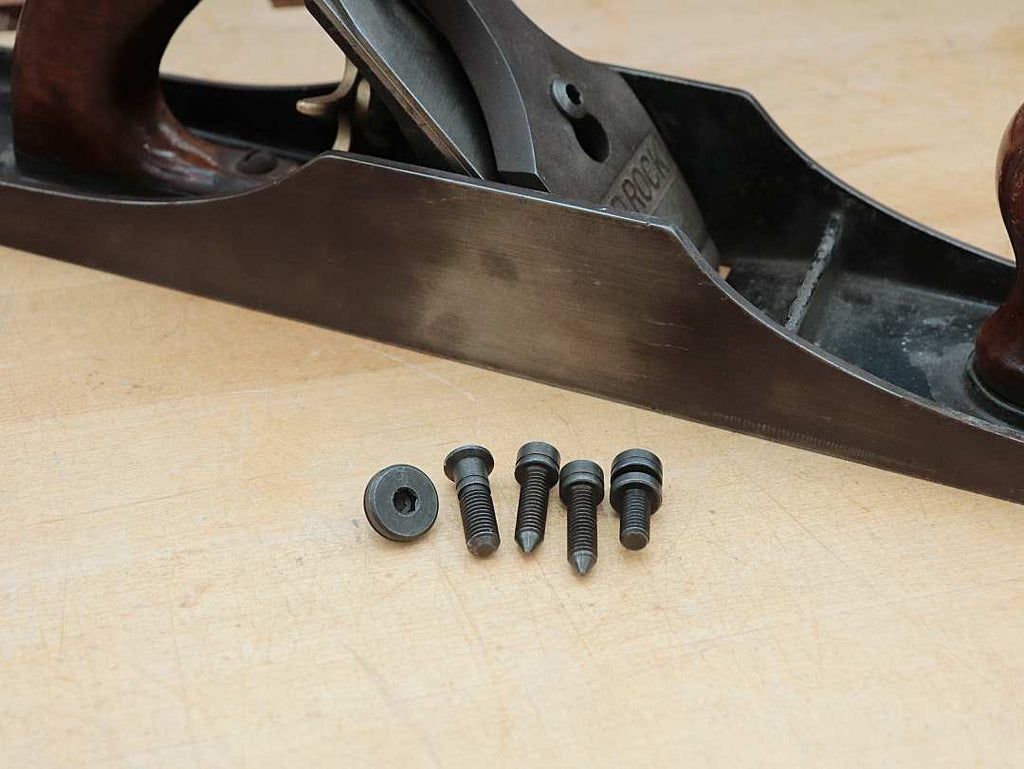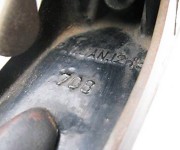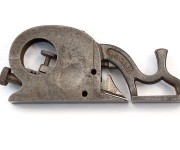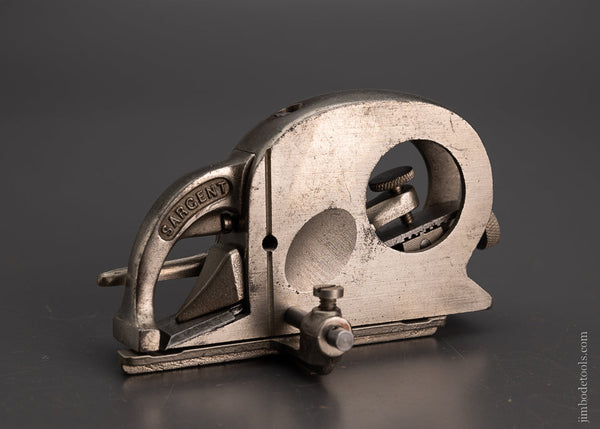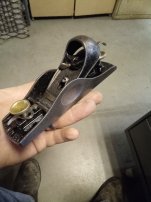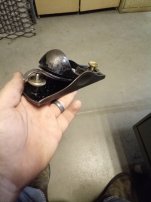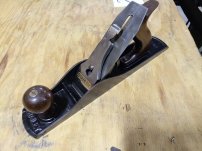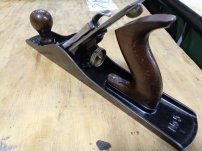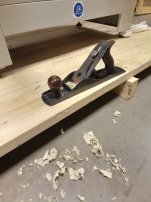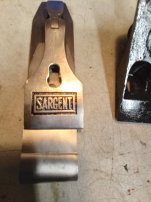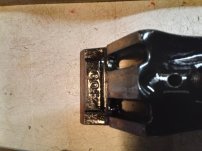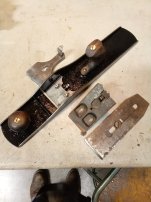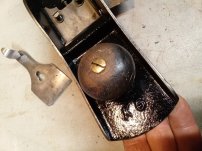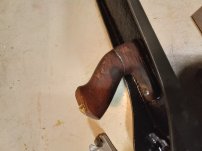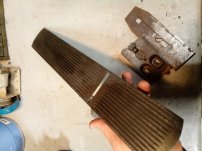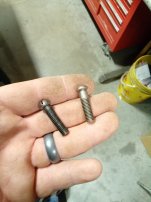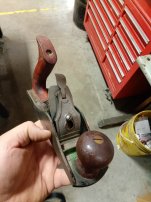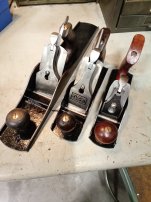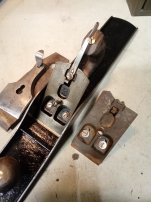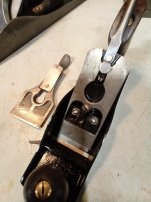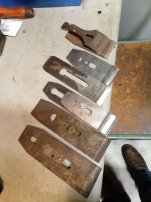M.B. Naegle
Diamond
- Joined
- Feb 7, 2011
- Location
- Conroe, TX USA
Not sure if this is outside of the wheelhouse for this sub-forum but I'll give it a shot. I'm not on any hand-woodworking forums.
My late dad had a collection of hand planes, some for the shelf but most he used at some point, and I've been going through the lot trying to divide it between a couple of his woodworking tool sets, dividing the horde for future posterity. My woodworking skills have never been the greatest but I'm taking the opportunity to learn and get ready for current and future projects. He had one Sargent #408 plane that was one of his working tools and had become a little rough, so I started with it. Sometime recently he had taken a bunch of planes apart to sharpen the blades but with his declining health and mental focus I think he might have mixed and lost some pieces. I think I have this one sorted and so far just had to make a replacement brass nut for one of the front handles, which was a weird #12-24 thread that I was fortunate to have a tap for, but now the lever cap screw isn't wanting to go in it's hole, though I don't see any damage between the two. I'm measuring it as a 9/32-24 but does any one know what thread Sargent used for it to double check me on? I don't have a tap in that size to chase the threads out of the frog.
I don't think any of these planes are particularly valuable and will cost more in time and replacement parts then they are worth, but IMO it's that time of the century for them to get sorted out so my kids/grandkids/great-grandkids can have some sentimental tools.
My late dad had a collection of hand planes, some for the shelf but most he used at some point, and I've been going through the lot trying to divide it between a couple of his woodworking tool sets, dividing the horde for future posterity. My woodworking skills have never been the greatest but I'm taking the opportunity to learn and get ready for current and future projects. He had one Sargent #408 plane that was one of his working tools and had become a little rough, so I started with it. Sometime recently he had taken a bunch of planes apart to sharpen the blades but with his declining health and mental focus I think he might have mixed and lost some pieces. I think I have this one sorted and so far just had to make a replacement brass nut for one of the front handles, which was a weird #12-24 thread that I was fortunate to have a tap for, but now the lever cap screw isn't wanting to go in it's hole, though I don't see any damage between the two. I'm measuring it as a 9/32-24 but does any one know what thread Sargent used for it to double check me on? I don't have a tap in that size to chase the threads out of the frog.
I don't think any of these planes are particularly valuable and will cost more in time and replacement parts then they are worth, but IMO it's that time of the century for them to get sorted out so my kids/grandkids/great-grandkids can have some sentimental tools.


